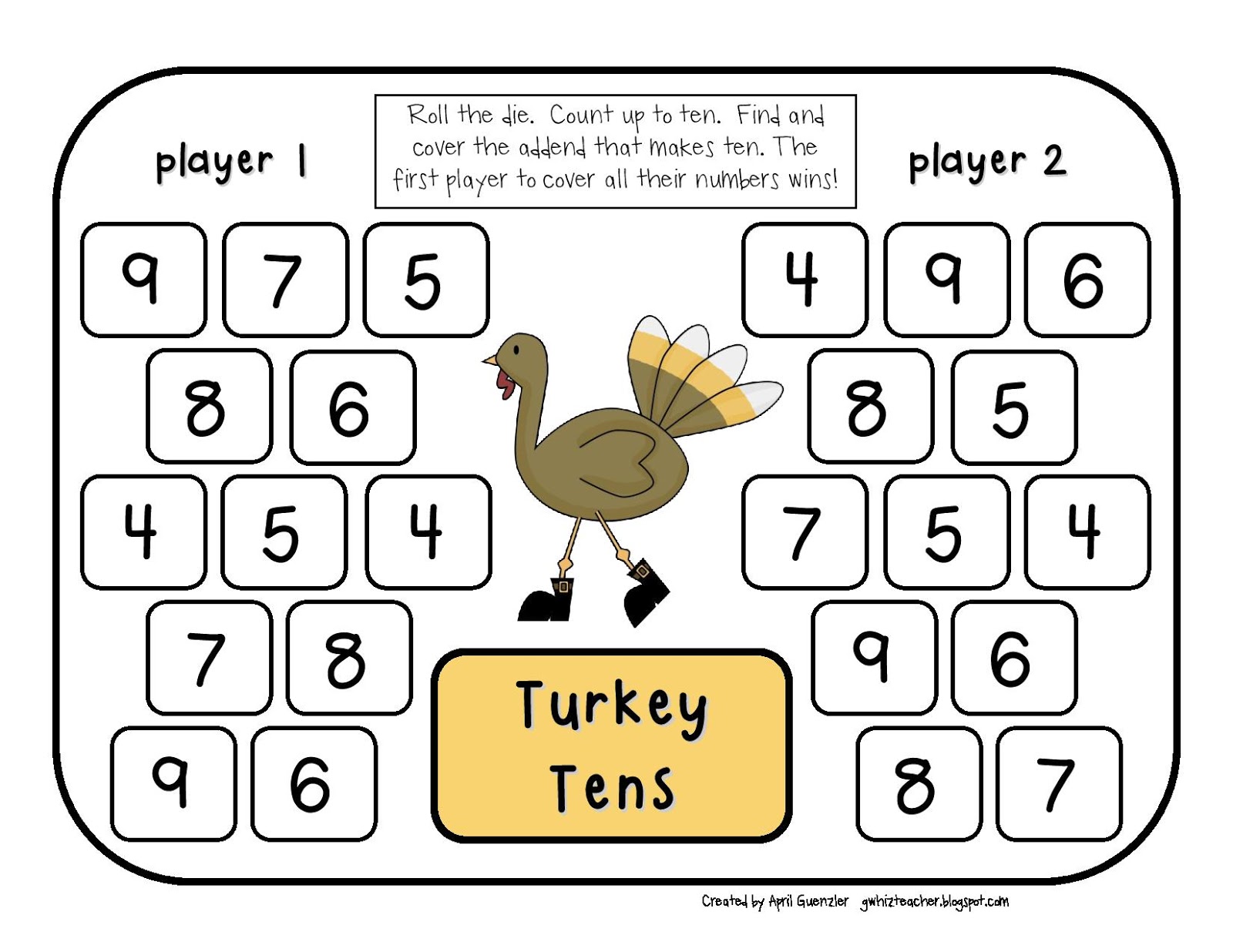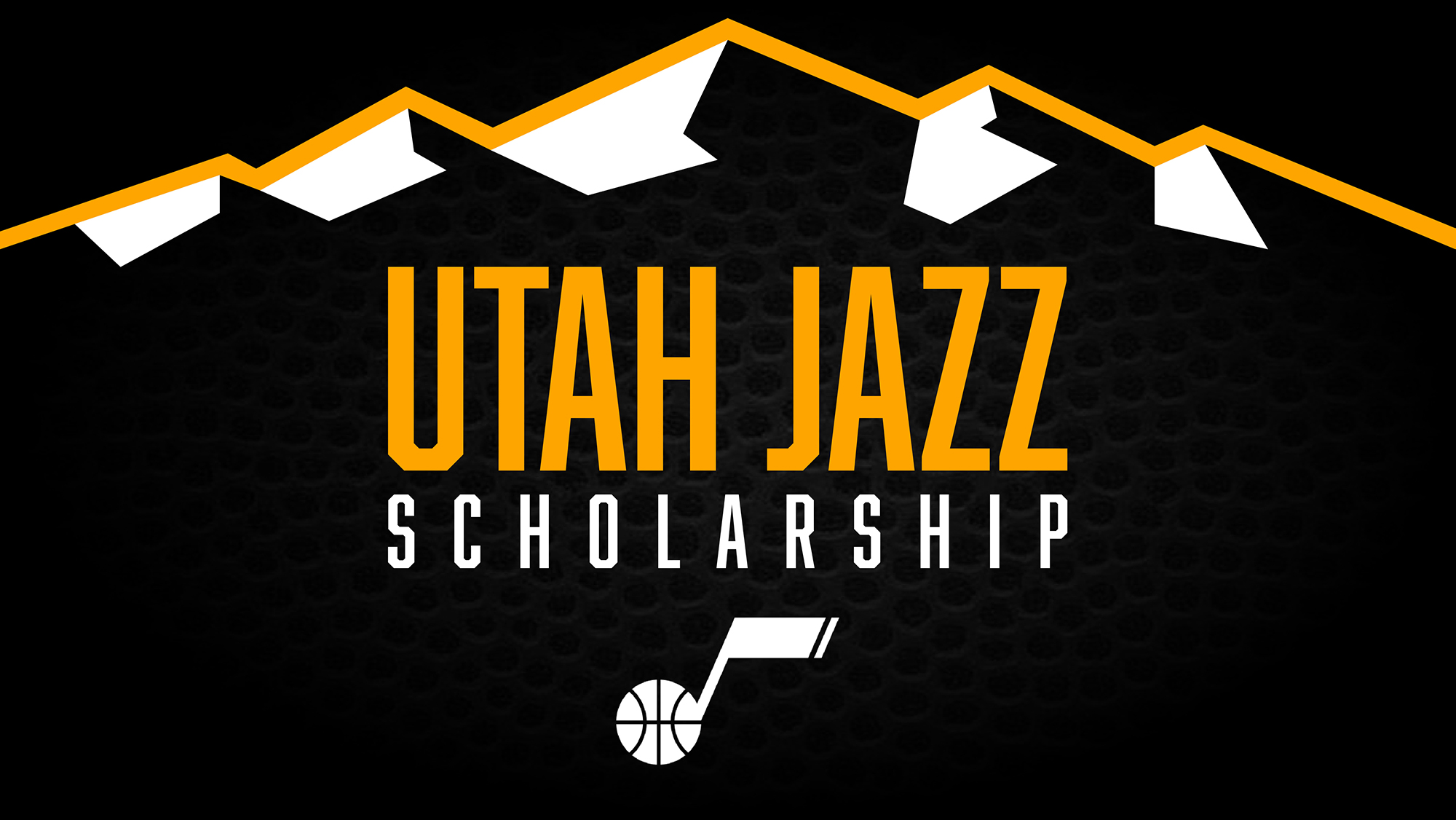
High school students are part of a tight-knit ecosystem where final exams can count for more that half of their grade. Most of the top high schools in the US can be found in the suburbs surrounding cities like Birmingham, Alabama. Many of them have hundreds of students. Many excel in reading and math. Many of them even get iPads to use in class.
Skyline High School
Skyline High School, located in Seattle, Washington is the largest high school of its kind in the United States. Skyline High School shares space at Realms High School. The school's facility design allows them both to work together in learning opportunities. The two schools will have shared spaces, including a design lab and an open gymnasium-sized flex space. The two schools will also share bathrooms.
Skyline High School boasts more than two thousand students. It is America's largest high school. The school has a competitive athletic program and a demanding college prep curriculum. The school was founded in 1997 and has won many state athletic championships.
Midwood High school
Midwood High School can be found in Brooklyn, New York. It is part of the New York City Department of Education, which oversees public education in the city. 3,938 students are enrolled at the school. It's known for its diversity. 37% of the students are Asian, 30% of them are African-American, and 24% of them are non-Hispanic white students. It has a very selective program which sends approximately 3 percent of its seniors to Ivy League schools. Additionally, 10% of students can receive a free or reduced-price lunch.

The high school is divided in three institutes that offer different courses and curriculum. Students are placed in the classes most relevant to their chosen institute. Students in the Humanities Institute have to take six terms of foreign language. Students with acceleration credit are required to take at least one language as a requirement for entry.
Dakota High School
Dakota High School in Macomb is Michigan's largest high school. It is home to 2,826 students in grades 9-12, making it the largest high-school in the state. The student-teacher ratio is 20.4 to 1. Its reading and math results were both better than those of the state average.
It covers nearly 400,000 square feet and serves northern Macomb County's educational needs. Construction of the school presented numerous challenges, including the need to build the building on an elevated site. Fortunately, this was possible thanks to the material excavated from the adjacent lake. It was the US's largest high school when it was completed.
Fort Hamilton High School
Fort Hamilton High School is an elementary school in Brooklyn. It falls under the New York City Department of Education's jurisdiction and serves Dyker Heights, Sunset Park and Bay Ridge. Built in 1941, it stands over the Lower New York Bay.
Fort Hamilton High School is home to a diverse student body and an effective educational program. The school boasts an active National Honor Society Chapter and a faculty that has advanced degrees. The school offers extensive programs in music and theater as well as business.

Wayzata High School
Wayzata High school in Minnesota, a comprehensive high school for public students, has over 3600 students. It has four buildings, a baseball diamond and covers an area of 80 acres. It has a student-teacher ratio of 20:1, which is significantly higher than the 14:1 state average.
The school has 177.8 employees. It costs $13,279 to each student. It costs more per student than any other high school in the Wayzata Public School District. We use data from multiple sources to calculate how much Wayzata High is spending per student. These include the U.S. Department of Education’s National Center for Education Statistics and Census Bureau's Bureau of American Life and Work.
FAQ
How long should I prepare for college?
The amount of time you dedicate to your studies will affect how much time you spend preparing for college. You should begin college preparation courses if you intend to go to college right away after high school. However, if you have plans to wait several years before starting college planning, then you don't necessarily need to do so until later.
Talk to your teachers and parents about your plans. They may suggest certain courses of study. Track the grades and courses you've taken. This will allow you to know exactly what you need for next year.
What is the distinction between public and private schools, you ask?
All students have the right to free education in public schools. They provide education from kindergarten through high school. Tuition fees are charged by private schools for each student. They provide education from preschool to college.
Charter schools can also be found, which are privately owned but are not publicly funded. Charter schools don't follow traditional curricula. They allow students more freedom to discover what interests them.
Charter schools are a popular choice for parents who believe all children should have access and quality education regardless their financial situation.
What is early childhood education?
Early Childhood Education is a field devoted to helping children develop into healthy, happy adults. It covers everything, from teaching them to read to preparing them to go to kindergarten.
Early childhood education's goal is to help children learn through age-appropriate experiences.
Early childhood educators are often asked to assess the developmental needs for each child they see. This assessment helps determine whether a particular program would benefit each individual child.
Parents have the chance to interact with teachers, other professionals and parents who have worked with young children.
A key role in early childhood education is also played by parents. They need to be able to provide guidance and support for their children, and they must also know how to care for them properly.
Parents can also join activities to teach their children skills that will be useful throughout their lives.
While preschool education is sometimes called early child education, the term is also used interchangeably to describe daycare centers. Early childhood education is very similar to prekindergarten education, which usually begins around three years old.
Who can homeschool?
Anyone can homeschool. No special qualifications are required.
Children can be taught by parents who have graduated high school. Many parents opt to teach their older children at college.
Parents can learn to teach children from parents with less formal education.
After satisfying certain requirements, parents can become certified teachers. These requirements may vary by state.
Some states require that all homeschooled students pass a test before they graduate. Others do not.
Parents who wish to homeschool must register their family with the local school district.
The process involves filling up paperwork and submitting the completed form to your school board.
After registering, parents may enroll their children into public or private schools.
A few states allow homeschooling without the need to register their children with government agencies.
If you live in one of these states, you will be responsible for ensuring your children meet the requirements of the state's compulsory attendance law.
Statistics
- “Children of homeowners are 116% more likely to graduate from college than children of renters of the same age, race, and income. (habitatbroward.org)
- In most developed countries, a high proportion of the population (up to 50%) now enters higher education at some time in their lives. (en.wikipedia.org)
- Globally, in 2008, around 89% of children aged six to twelve were enrolled in primary education, and this proportion was rising. (en.wikipedia.org)
- They are more likely to graduate high school (25%) and finish college (116%). (habitatbroward.org)
- Among STEM majors, that number is 83.5 percent. (bostonreview.net)
External Links
How To
Where can you find a teacher job?
Teaching jobs are available in public elementary schools, private elementary schools, public middle schools, private middle schools, public secondary schools, private secondary schools, charter schools, private and parochial (Catholic) schools, public and private (non-religious) daycare centers, and other settings.
To become a teaching professional, you will need to complete a bachelor’s degree program at any of the following universities:
-
A four-year college or university
-
Associate's degree program
-
There are some two-year community colleges programs
-
Combinations of these three types programs
To be eligible for teacher certification, applicants must satisfy state requirements. These requirements include passing standardized exams and completing a probationary work experience.
Many states require applicants to pass the Praxis II test. This test tests the candidate's comprehension of reading, writing and mathematics as well as their language arts skills.
Many states also require candidates to obtain a specialized license before being certified to teach.
These licenses may be obtained by the boards for education of the states.
Some states grant licenses with no additional testing. In these cases, the applicant should contact the board of education in his or her state to determine if this is true in your area.
Some states don't grant licenses to applicants who haven't completed a masters degree program.
Others allow students to apply directly for licensure to the state board.
The price, duration, and coursework required for licenses can vary greatly.
One example is that some states only require high school diplomas, while others require bachelor's degrees.
Some states may require training in particular areas such as literacy or child developmental.
Some states require applicants to hold a master's in order for them to be licensed.
Many states ask potential teachers about their past employment when applying to be certified.
It is possible to mention other professions in your application.
Regardless of your previous experience, most states will still accept you regardless.
Perhaps you would like to include your past job title, post, and years in service.
Potential employers often find this information useful.
This shows that you have the relevant skills and experience.
Working may allow you to learn new skills or gain valuable work experience.
Future employers can view your resume.